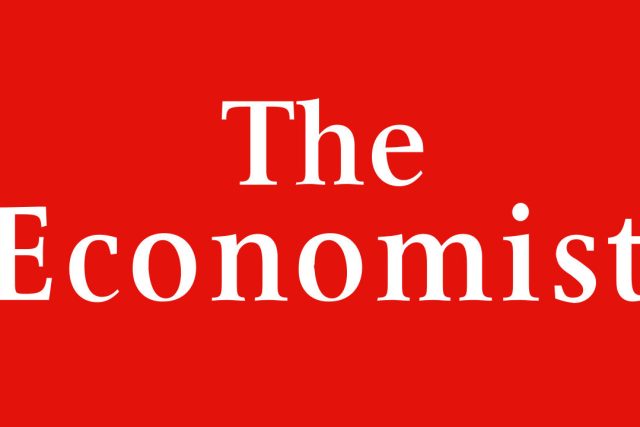The Reserve Bank of Australia (RBA), in collaboration with the Digital Finance Cooperative Research Centre (DFCRC), held an invitation-only conference in Sydney for participants in the Australian Central Bank Digital Currency (CBDC) pilot project. In a live demonstration, Monoova’s CTO Nicholas Tan, successfully completed the first real-world, cross-border settlement using the pilot CBDC.
The pilot was established last year to explore potential use cases and economic benefits of a CBDC in Australia. The RBA announced 14 use cases in March, selected from 142 industry submissions by banks, fintechs, and payments companies.
Monoova’s use case explores cross-border settlement and custody. The trial has been established with an existing FX client, NexPay. NexPay is a specialist provider of inbound remittance services for international students in the $30billion education market.
As part of the live demonstration, the conference participants witnessed the settlement of the domestic leg of an inbound FX remittance payment.
The AUD payment to NexPay, from a client in Japan, was settled by Monoova to NexPay’s pilot CBDC wallet. It provided irrefutable proof of balance of the $25,000 payment backed by the RBA. This step represented the domestic leg of the transaction. Additionally, it was the first use of the pilot CBDC to settle a real-world, cross-border payment.
Improving Australian FX transactions

“We have been running our use case on a pilot ecosystem blockchain to demonstrate the value we can deliver to our clients,” explained Tim Stanley, head of product, Monoova. “We’re incredibly proud to have been part of the project pioneering the use of CBDC in Australia.”
“The trial enables us to identify potential opportunities to improve the transparency and speed, and minimise the counterparty risks, of FX transactions into Australia,” Stanley said. “We see enormous value in increasing our exposure to blockchain technologies. We want to contribute to the research process. Furthermore, we want to demonstrate our commitment to innovation and thought leadership across the payments industry worldwide.
“For example, a Monoova FX client may need to disburse US dollars into Australia. Normally, to complete this process, a client would exchange US dollars for fiat Australian dollars, with Monoova working with a banking partner to complete the payout or holding the funds on account until the client issues disbursement instructions.”
Under the CBDC pilot, instead of providing fiat Australian dollars in a balance in its platform, Monoova provides clients with Australian dollars in pilot CBDC on its platform.
“This enables us to settle instantly for any funds that come to Australia. Clients can independently verify account balances on the blockchain rather than rely on reporting from intermediaries. If clients need to hold money for a period of time before making disbursements, they can do so without counterparty risk,” Stanley said.
Shift in cross-border transactions
Piew Yap, CEO, NexPay commented: “Our collaboration with Monoova in this pioneering CBDC trial has allowed us to delve into the immense potential of blockchain technology for international education remittance payments. The ability to transfer and track CBDC balances via the Monoova platform enhances security and transparency. This is vital for the high-volume settlements that NexPay manages into Australia. This innovative use of the eAUD signals a transformative shift in cross-border transactions.”
While the RBA has not made a decision on whether to issue a CBDC, there is excitement about the opportunities the initiative presents to Monoova.
Stanley concluded: “A CBDC opens up new horizons for us. We can minimise counterparty risk at scale in trust-based use cases in regulated industries. Furthermore, we can undertake FX more efficiently and transparently than with international SWIFT payment rails where money goes through a number of intermediary banks. More broadly, we can stay ahead of the curve on payment innovation.”

 Francis Bignell
Francis Bignell


The Most Read
Сryptocurrencies
Bitcoin and Altcoins Trading Near Make-or-Break Levels
Financial crimes
Thieves targeted crypto execs and threatened their families in wide-ranging scheme
Financial crimes
Visa Warning: Hackers Ramp Up Card Stealing Attacks At Gas Stations
News
Capitalism is having an identity crisis – but it is still the best system
Uncategorized
The 73-year-old Vietnamese refugee is responsible for bringing Sriracha to American consumers
Uncategorized
Electric Truckmaker Rivian, Backed By Amazon, Ford, Raises Whopping $1.3 Billion